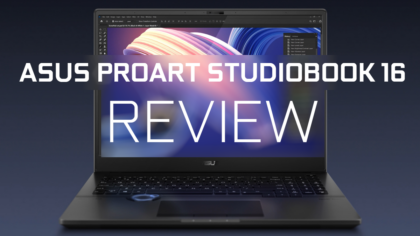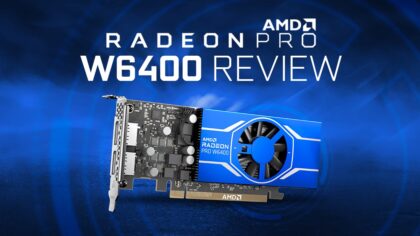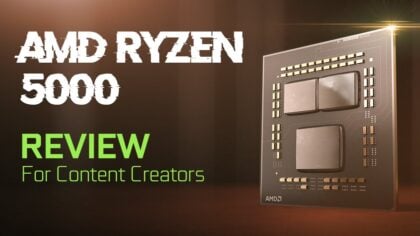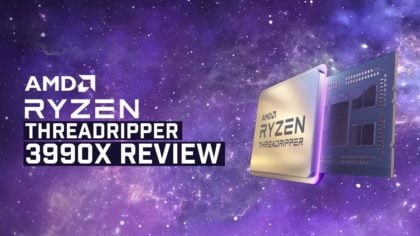NVIDIA RTX 4080 SUPER GPU Review [Content Creation, Rendering, AI]
February 12, 2024
Nvidia's RTX 4080 SUPER GPU Refresh is put through content creation and rendering benchmarks in our review to find out if its performance is worth investing your money into.
![NVIDIA RTX 4080 SUPER GPU Review [Content Creation, Rendering, AI] NVIDIA RTX 4080 SUPER GPU Review [Content Creation, Rendering, AI]](https://www.cgdirector.com/wp-content/uploads/media/2024/02/20240131_150445-420x236.jpg)
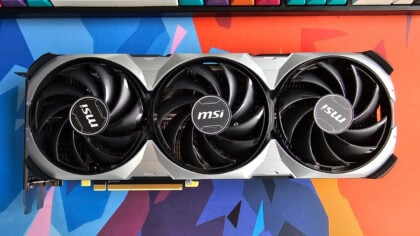
![GeForce RTX 4070 SUPER Reviewed for CG Workloads: NVIDIA’s New Value King [Review] GeForce RTX 4070 SUPER Reviewed for CG Workloads: NVIDIA’s New Value King [Review]](https://www.cgdirector.com/wp-content/uploads/media/2024/01/CGDirector-Nvidia-RTX-4070-SUPER-Review-18-420x236.jpg)
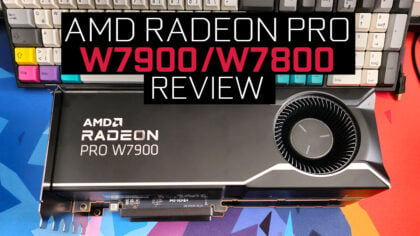
![Nvidia GeForce RTX 4080 16GB Review [Content Creation, Rendering, & Power Draw] Nvidia GeForce RTX 4080 16GB Review [Content Creation, Rendering, & Power Draw]](https://www.cgdirector.com/wp-content/uploads/media/2022/11/Nvidia-RTX-4080-16GB-Review-Content-Creation-Rendering-Power-Draw-Twitter-420x236.jpg)
